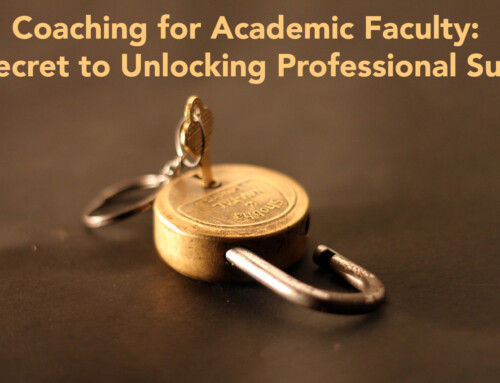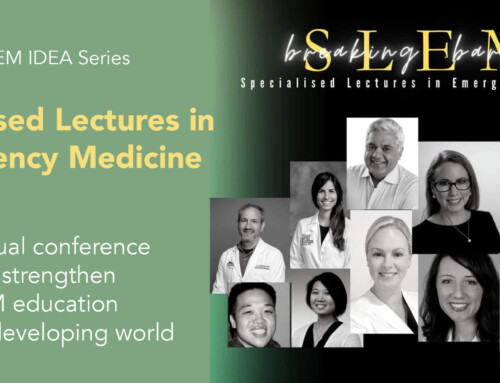 Motivation is one of those important elements in our personalities that helps us have a drive for improvement. Motivation can come in two flavors internal and external. Self determination theory (SDT) is a psychological term which explains people’s internal motivation and determination to their behavior. Edward L. Deci and Richard M. Ryan explored SDT further and determined there were three basic needs in every human, which are universal, not learned, and seen across gender and culture.
Motivation is one of those important elements in our personalities that helps us have a drive for improvement. Motivation can come in two flavors internal and external. Self determination theory (SDT) is a psychological term which explains people’s internal motivation and determination to their behavior. Edward L. Deci and Richard M. Ryan explored SDT further and determined there were three basic needs in every human, which are universal, not learned, and seen across gender and culture.
These three needs are competence, autonomy, and psychological relatedness. SDT is important because it explains the psychological needs of a person’s inherent growth tendencies.
Wikipedia also defines three essential elements under this theory:
- Humans are inherently proactive with their potential and mastering their inner forces (such as drives and emotions).
- Humans have inherent tendency toward growth development and integrated functioning.
- Optimal development and actions are inherent in humans but they don’t happen automatically.
This concept has also been explored in medical education by Dr. Ten Cate. One of his articles from 2011 (AMEE guide 59) covers twelve tips derived from Self Determination Theory to stimulate intrinsic motivation in the classroom. Ten Cate explains that in the right environment with intrinsic motivation, the learner can demonstrate deeper learning, better performance, and well being.
Tips to Stimulate Intrinsic Motivation in Learners
1. Identify and nurture what students need and want
Make the learning more relevant, intriguing, and interesting.
2. Have students’ internal states guide their behavior
Students, who are autonomously motivated, do much better than those who are externally motivated.
3. Encourage active participation.
This tip facilitates feedback, stimulates self learning, and relatedness.
4. Encourage students to accept more responsibility for their learning
Leave the students with further topics to explore on their own.
5. Provide structured guidance
While active participation and letting the students lead, the teacher should still provide structure when needed.
6. Provide optimal challenges
Give the student topics at their own level to present.
7. Give positive and constructive feedback
The feedback should be non-threatening and not personal. It should be directed towards the learning issue with tips for improvement.
8. Give emotional support
The sense of relatedness will be supported in a nurturing environment. This in turn helps the student to become more interested in the subject.
9. Acknowledge students’ expressions of negative effect
Listen to the students’ feelings toward the topic or method of teaching. If students are not heard, they’ll likely lose interest.
10. Communicate value in uninteresting activities
If the student shows no interest, provide rationales. This might prompt insight into the importance of the topic being covered.
11. Give choices
Involve the students in the planning of the course.
12. Direct with ‘can, may, could’ instead of ‘must, need, should’
These words help the students with intrinsic motivation.
Self determination and motivation are important elements in the journey of adult learning. We are not learning medicine for an exam, for a course, or for a teacher. We are learning these concepts and practices because we will be using these throughout our careers. It is important then to address the student’s motivation by encouraging/nurturing autonomy, competence, and self relatedness. Although these tips are suggestions by Dr. Ten Cate for the classroom and targeting medical students, it would be interesting to find out if these apply for residency and bedside teaching.
Reference
- Kusurkar RA, Croiset G, Ten Cate TJ. Twelve tips to stimulate intrinsic motivation in students through autonomy-suppportive classroom teaching dervived from Self Determination Theory. Med Teach. 2011;33(12):978-82. PMID: 22225435
Further readings
- Kusurkar RA, Croiset G, Galindo-Garré F, Ten Cate O. Motivational profiles of medical students: association with study effort, academic performance and exhaustion. BMC Med Educ. 2013 Jun 19;13:87. PMID: 23782767
- Kusurkar RA, Croiset G, Mann KV, Custers E, Ten Cate O. Have motivation theories guided the development and reform of medical education curricula? A review of the literature. Acad Med. 2012 Jun;87(6):735-43. PMID: 22534597
- Kusurkar R, Croiset G, Kruitwagen C, ten Cate O. Validity evidence for the measurement of the strength of motivation for medical school. Adv Health Sci Educ Theory Pract. 2011 May;16(2):183-95. PMID: 20953836
- Kusurkar R, ten Cate O. AM last page: Education is not filling a bucket, but lighting a fire: self-determination theory and motivation in medical students. Acad Med. 2013 Jun;88(6):904. PMID: 23708603
- Kusurkar R, Kruitwagen C, ten Cate O, Croiset G. Effects of age, gender and educational background on strength of motivation for medical school. Adv Health Sci Educ Theory Pract. 2010 Aug;15(3):303-13. PMID: 19774476
- Kusurkar R, Croiset G, ten Cate O. Implications of gender differences in motivation among medical students. Med Teach. 2013;35(2):173-4. PMID: 23137254
- Ten Cate OT. Why receiving feedback collides with self determination. Adv Health Sci Educ Theory Pract. 2012 Nov 21. PMID: 23180108
- Olle Ten Cate. “Observing Medical Education through the lens of Self-Determination Theory.” Online Video Clip. YouTube. Oct 5, 2012. Aug 23, 2013.
- Daniel Pink. RSA Animate “Drive: The surprising truth about what motivates us” Uploaded on Apr 1, 2010. Accessed Aug 22, 2013.




